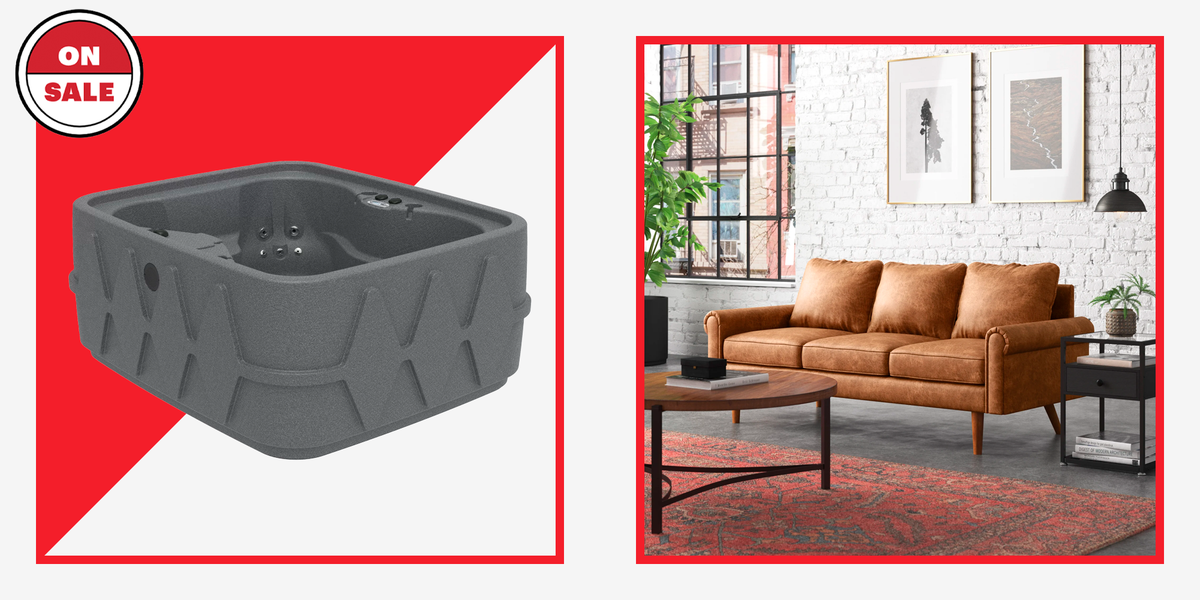
WHEN WINTER temps take a turn for the worst, layers are your best friend. The colder it gets, the more insulation you need to stay safe and comfortable, but walking around with 4-5 different garments on your upper body is about as enjoyable as it sounds. Our solution? Cut down on the bulk by adding a heated jacket into the mix.
There’s nothing quite as luxurious as wearing heated gear in the winter. Throwing one of these winter jackets on is like having a hand warmer (or heated sock) for your entire body, and yes, that’s as nice as it sounds. A good heated jacket will outperform some of the most technical insulation pieces out there for as long their batteries hold out, so for your average commuter, resort skiier, or cold-weather hiker, they’re a smart alternative that often costs a fair amount less than premium down or synthetic options.
If you’re considering a heated jacket yourself, there are a few terms/features you’ll want to be familiar with before checking out our favorite picks of the year. Here are the quick facts to get you up to speed on your search.
Best Parkas | Best Ski Jackets | Best Shearling Jackets | Best Winter Boots | Best Winter Gloves | Best Winter Hats
Heat Zones Explained
All heated jackets incorporate multiple “heat zones” in their construction. These zones are spread out in different areas of the jacket for optimal heat, but not all heated jackets are made equal in this regard.
Generally speaking, the more heat zones in a jacket the better, but sheer quantity isn’t our only concern here. We also want to pay close attention to the location of each heat zone when selecting a jacket.
For example, every jacket should include heat zones around your body’s core, but core heat zones in the chest will do a better job of keeping you warm than heat zones along the stomach. You’ll also notice that more premium jackets include extra heat zones in the collar and/or arms of a jacket. These zones are much less important than sizable heat zones along the chest and upper back, but really add to the overall experience.
A Word About On/Off Buttons
For reasons we’ll never fully understand, some heated jacket manufacturers insist on including brightly lit on/off buttons on the exterior of their jackets. Look, we’re all for embracing modern technologies, but we still prefer our jackets to look more like jackets and less like gadgets.
Ultimately, we don’t consider this to be a make-or-break feature of the best heated jackets, and for many this will be more of a feature than a bug. It’s worth noting that these external displays often are the easiest to use and take the guesswork out of your jacket’s current power setting, so love it or hate it, we’ve flagged any of the jackets below with visible control switches as such.
What Makes a Good Battery?
Unless you’re looking for a heated jacket specifically for use with a car or a motorcycle (which often use plug-in 12V power), all your best options will use rechargeable lithium ion batteries. Taking that into consideration, there are a few “battery best practices” you’ll want to know when selecting a heated jacket.
First, not every heated jacket actually comes with a battery. This may sound ridiculous, but many manufacturers actually sell their batteries seperately for an extra fee, so make sure you read the fine print in that regard.
Another important detail you’ll want to be mindful of is the total runtime of your jacket’s battery. You’ll see a “battery runtime” listed in the specs for each of the jackets below, but this number isn’t as cut and dry as it sounds.
That’s because the rated runtime of a battery describes the average amount of time a heated jacket will stay warm on its lowest setting. Running your jacket on its higher settings will drain the battery much faster, so an 8 hour jacket may actually last just a few hours at your preferred heat level.
Alright, enough details for now. Here are our favorite heated jackets of the year.









